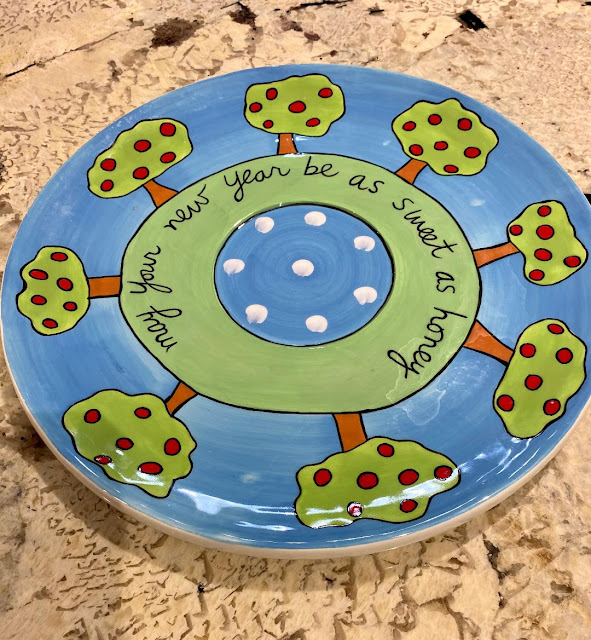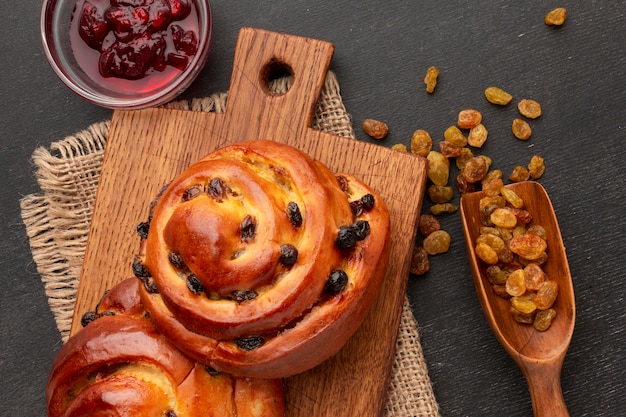We are having a family dinner at my sister-in-law’s house tonight.
Tomorrow, I will be hosting our family of 25 (my children and grandchildren, my husband’s siblings and their children) for a sit down ceremonial dinner on the 2nd night of the holiday.

It’s a big job. I serve in our large finished basement, and it means moving some furniture and setting up multiple 6 ft folding tables and chairs (which are heavy). Unfortunately, I need to use plasticware because we are such a large group and I need to run up and down the stairs. This way I can just discard the plasticware.
My son came over the other day and set up the tables for us. On Sunday, one of my granddaughters and daughter-in-law came over to set the tables. I could do it myself, but it is a tradition that I love that we do it together. The tables are informal because I need to use plasticware for 25 people!!!

The meal is a joint effort. Most who attend make or bring something to contribute to the meal such as roasted vegetables, fruit salad, a salad, a gluten-free dessert (Not only am I gluten-free but 7 family members are as well), a round challah or a side dish. But there is still plenty for me to have to do and make!!!
 |
| “Shana Tova” Means “Happy New Year” in Hebrew – Cookies by a friend’s daughter Ilana Hirt ( link to her instagram) |
We have ceremonial traditions and blessings that we say for new foods for the season and incorporate a lot of sweet foods (for a sweet new year) such as pomegranates, apples dipped in honey, honey cake, dates, figs, etc. Some foods are called, “Simanim” and they have some sort of symbolism attached to them and their blessing.
For example: Pomegranates are a symbolic food that we eat to remind us to follow G-d’s commandments to do good deeds daily during the New Year. There are supposedly 613 seeds in a pomegranate and there are 613 commandments in our Torah.

My husband is of Middle Eastern (Sephardic) descent and therefore observes some different ceremonial traditions that are not as familiar to Jews of Eastern European descent (like myself).
 |
| Chopped leek patties |
His traditions include prayers said in appreciation and symbolic for a good year. They include black eyed peas for good luck, pomegranate for prosperity and doing good deeds, chopped leeks, a fish with head and tail so you should always be at the head not the tail.
In a broader sense, consuming leeks, along with other symbolic foods, reflects the hope for blessings and positive experiences in the new year.

I cooked 40 leek patties which is a custom in my husband’s tradition and have them in the freezer. Recipe link for Sephardic leek patties (they are vegetarian, not vegan).

I also made my favorite (vegan) mock chopped liver for my Eastern European tradition. Recipe link for vegan chopped liver which by the way is an excellent appetizer any time of the year! Everyone (except chopped liver haters) love it -vegetarian’s or not!!!
What else will I make?
Black eyed peas Link to recipe( another symbolic food with a blessing for prosperity). This recipe is with spinach and onions but it doesn’t have to be.
Kasha Varnishkas (link) which are made with bowtie shaped pasta (mine is GF of course) buckwheat (kasha), onions, and mushrooms.
Sliced apples and honey for dipping.
My apples won’t turn brown.If you want a foolproof way to keep apples slices from turning brown, read this post of apple slices won’t turn brown.
 |
| My apple and Honey Dish
After all the ceremonial tasting and blessings, we eat the meal. The actual meal will not be vegan, only because it is too time consuming for me to cook a totally vegan meal for 25 people– who are not even vegan. I will order sliced brisket from a caterer, my daughter-in-law will make a salmon dish, we’ll have salad, GF Kasha Varnishkas a noodle kugel, vegetarian stuffed grape leaves, roasted vegetables, and we always must have rice. My husband’s family eats rice with every meal. I will make a tofu dish for myself. |

